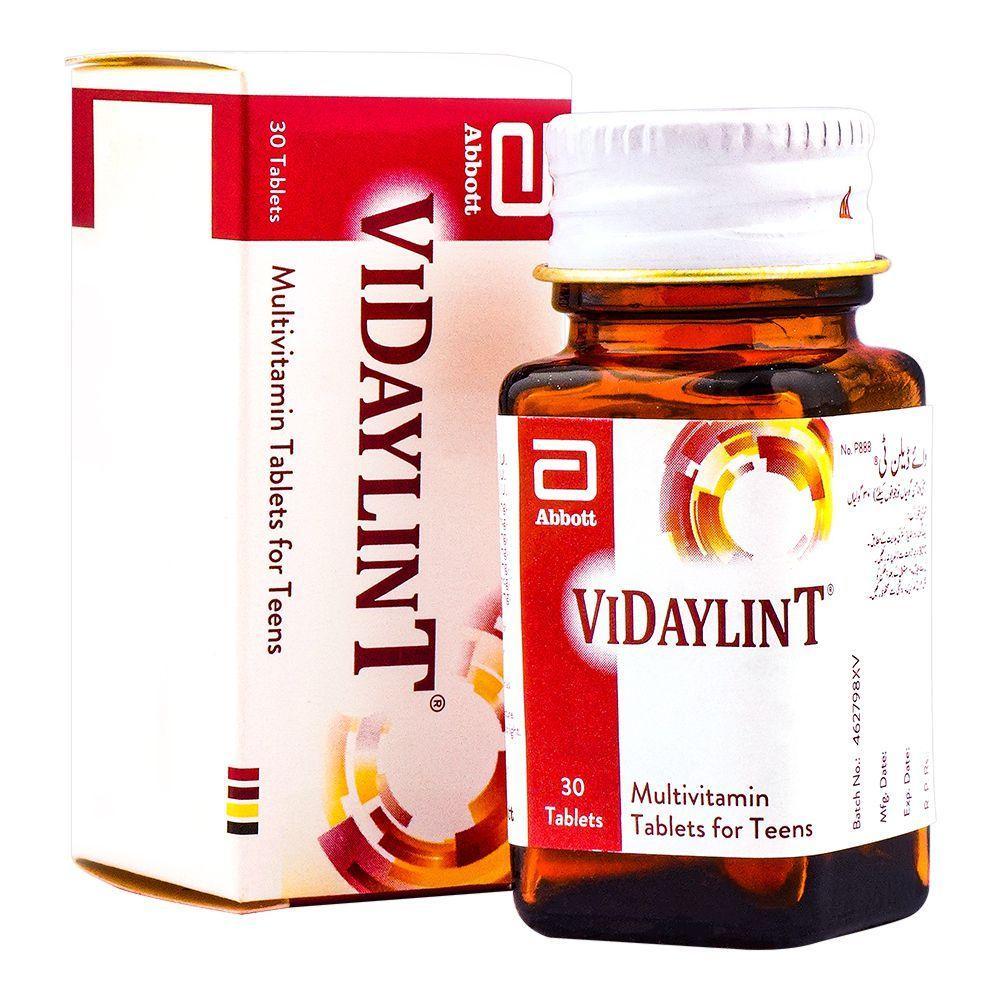Introduction
In recent years, the multivitamin market in Pakistan has experienced significant growth. This surge is partly due to increased health awareness among the populace and a growing understanding of the benefits of multivitamins. Multivitamins are dietary supplements that contain a combination of vitamins, and sometimes minerals, intended to provide a broad range of nutritional support.
The Growing Market for Multivitamins
The Pakistani market for multivitamins has been expanding rapidly. Factors contributing to this growth include rising health consciousness, an aging population, and an increase in lifestyle-related diseases. Additionally, the influx of international brands has given consumers a broader range of products to choose from.
Influence of Global Brands
International brands have played a significant role in shaping consumer preferences in Pakistan. These brands often bring with them a reputation for quality and effectiveness, which has been pivotal in influencing Pakistani consumers’ choices. However, there is also a thriving market for local brands, which are often more affordable.
The Role of Digital Marketing
Digital marketing has become a key tool in promoting multivitamins in Pakistan. Social media, online advertising, and e-commerce platforms are increasingly used to reach a wider audience. This digital approach has not only broadened the market reach but also helped in educating the public about the benefits and uses of multivitamins.
Consumer Preferences and Trends
Pakistani consumers exhibit unique preferences and trends when it comes to choosing multivitamins. Factors influencing these choices include brand reputation, cost, ingredient transparency, and the perceived efficacy of the product.
Demographic Trends
Different age groups and demographics in Pakistan tend to favour different types of multivitamins. For instance, elderly consumers might prefer multivitamins focused on bone health and energy, while younger demographics might be more inclined towards products that enhance immunity and skin health.
Gender-Specific Products
The market also shows a trend towards gender-specific multivitamins, with products specifically designed for men or women. These products cater to the unique nutritional needs of each gender, such as iron supplementation in women’s multivitamins for menstrual health.
Challenges and Opportunities
The multivitamin market in Pakistan, while growing, faces several challenges. These include regulatory issues, the prevalence of counterfeit products, and a lack of awareness about the correct use of supplements.
Regulatory Framework
One of the major challenges is the lack of a stringent regulatory framework for dietary supplements. This can lead to the market being flooded with low-quality or counterfeit products, which can be ineffective or even harmful.
Health Awareness and Education
There is a significant opportunity in the realm of consumer education. Many consumers are unaware of their specific nutritional needs or how to choose the right multivitamin. Increased awareness and education can help consumers make more informed choices.
Future Trends
Looking forward, the market for multivitamins in Pakistan is expected to continue growing. This growth will likely be driven by factors such as an increasing focus on preventive healthcare, the rising prevalence of chronic diseases, and a growing middle class with more disposable income.
Technological Advancements
Technological advancements in manufacturing and distribution are expected to make multivitamins more accessible and affordable. Moreover, personalized nutrition, where supplements are tailored to individual needs, might become more prevalent.
Sustainable and Ethical Practices
There is also a growing trend towards sustainable and ethical practices in the production of multivitamins. This includes the use of organic ingredients, environmentally friendly packaging, and ethical sourcing of materials.
Conclusion
The multivitamin market in Pakistan is at a crossroads, with significant growth potential tempered by challenges that need addressing. For consumers, the key lies in making informed choices based on individual health needs and staying informed about the quality and origin of the products they consume. For manufacturers and distributors, the focus should be on maintaining high-quality standards, ethical practices, and consumer education to ensure the market’s healthy and sustained growth.



